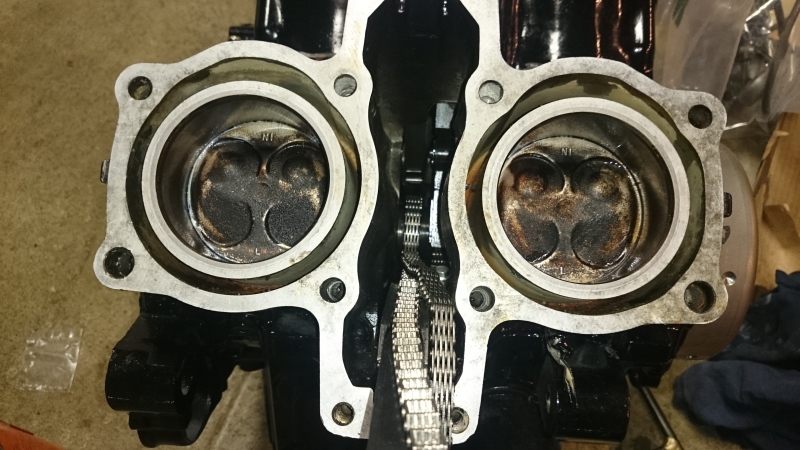mohawk2
Mechanical
- Oct 10, 2016
- 15
Hi All,
Just read this thread whilst trying to find some info for a project I'm working on.
Big Overbore Limitations
Same scenario, but with an 800cc V4 motorcycle engine rather than the 400 in the original. Open deck cylinders.
I've already concluded that wet liners with a flange are the way to go & can source these from other models along with pistons etc, so thew only mods I would need to make would be custom modified head gaskets.
There are two questions I need answers too.
1. What is a safe minimum horizontal distance for a water tight seal with an MLS head gasket between the bore edge & the water cooling holes ?
2. What is the best way to seal the wet liner into the alloy crankcase to avoid water ingress to the crankcase ?
Thanks for any assistance with these questions.
Regards
Chris.
Just read this thread whilst trying to find some info for a project I'm working on.
Big Overbore Limitations
Same scenario, but with an 800cc V4 motorcycle engine rather than the 400 in the original. Open deck cylinders.
I've already concluded that wet liners with a flange are the way to go & can source these from other models along with pistons etc, so thew only mods I would need to make would be custom modified head gaskets.
There are two questions I need answers too.
1. What is a safe minimum horizontal distance for a water tight seal with an MLS head gasket between the bore edge & the water cooling holes ?
2. What is the best way to seal the wet liner into the alloy crankcase to avoid water ingress to the crankcase ?
Thanks for any assistance with these questions.
Regards
Chris.





